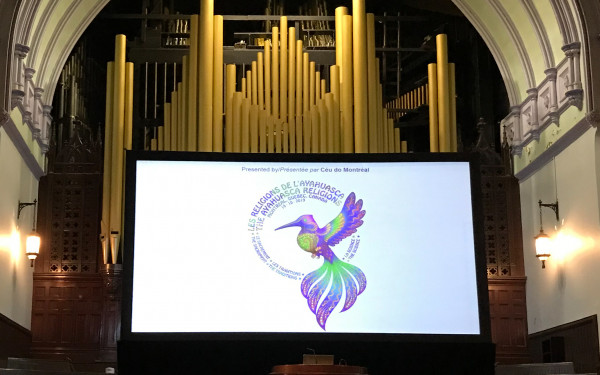Distractible Minds
Who’s Got Who On A Leash?
A mind that wanders unmanageably can be a costly and wasteful ride with a host of unwanted consequences.
Streams of unrelated thoughts sometimes cause you to miss parts of a conversation or to be thinking rather than really listening when someone else is talking; half an hour after you pull up a browser window, you’ve got 15 tabs open but you haven’t read a single one through to the end; you find yourself having to reread segments of a book because you weren’t really paying attention to what you read; you have difficulty focusing on schoolwork because your mind wanders seemingly on its own, ignoring your pleas and leaving you feeling out of control and easily distractible.
Attention and focus are implicated in everything we do, so how well we can harness our attention has a significant impact on our lived experience and quality of life. The moments in which we need presence of mind the most are when it’s hardest to summon, such as when we’re in an argument, feeling anxious or stressed or working under a deadline.
Times like these can feel as though we are at the whim of a sometimes short and often erratic attention span. Some people speak of their inability to focus as something they have, the way one has green eyes or a third arm.
I’ve fallen into this thinking trap in the past as well. It can easily seem to be a part of ourselves, an unchanging and defining characteristic. For many people, school has done a good job of drilling into them that they are someone who has attention issues. This belief can also quickly become a self-fulfilling prophecy.
But our ability to deploy attention is less a static trait and more a muscle. It grows stronger through practice and deteriorates if neglected. It takes effort to refocus when we catch ourselves getting distracted. Sometimes we can supply that effort and sometimes we get frustrated and give up. A lot of the time, we don’t even notice that our mind is elsewhere.
The ability to maintain one’s awareness on the present situation is known as mindfulness. It’s about not being distracted from the here-and-now of whatever it is you are doing so that you may be more present and aware. Developing mindfulness is in part a process of bringing attention under conscious, willful control, instead of being at the whim of whatever catches your mind’s eye.
With that in mind, I wanted to share a simple meditative practice that can help develop mindfulness and reign in your mind’s tendency to wander. It has proven very beneficial for me, and it’s something you can easily do on your own. To start, sit or lie down in a comfortable spot. Close your eyes and relax; on each exhale of your breath, allow the warmth of that relaxation to sweep over your body.
Begin to draw your breaths from your abdomen, and bring your attention to the sensations of breathing. Focus on the feeling of air rushing through your nose and throat, and your belly rising and falling. Begin to count each time you breathe out. Count in this way until ten, and then start again. It seems simple, but in the beginning a lot of people get distracted before one full count.
And so this is the exercise: each time you catch your mind wandering, simply recognize it and allow the thought to pass, then return your focus to counting and the sensations of breathing. Breathing is the point of focus because it is always present; it is always now. It is an anchor to be returned to when your mind wanders.
As you continue this practice over a couple of weeks, it has the effect of unlearning the idea that your mind can wander whenever it pleases, replacing it with the idea that awareness ought to be on the present moment, what you are choosing to do. This meditation can be done for however long you like.
Some people might do it for 5-7 minutes when they are feeling overwhelmed or distracted, while others might do a longer meditation once a day. It’s entirely up to your personal preference, but what’s important is consistency.
After having done this for 15 minutes once a day for two months, I began noticing differences: I was more present in listening and was not thinking at the same time; I could read or focus on other things for longer without getting distracted as easily; and I could reflect and follow my own thoughts for longer and with more intention.
It felt as though I had not only more attention resources available at all times, but more control over them as well. It’s easy to feel like there’s nothing we can do to help our distractible nature. I know I felt that way for a long time.
However, my experience with simple techniques such as the example above have shown me that we are not nearly as helpless as we might think, and that through practice it’s possible to come into much more balanced relationships with our awareness and sense of presence.
Try it out!


_600_832_s.png)




